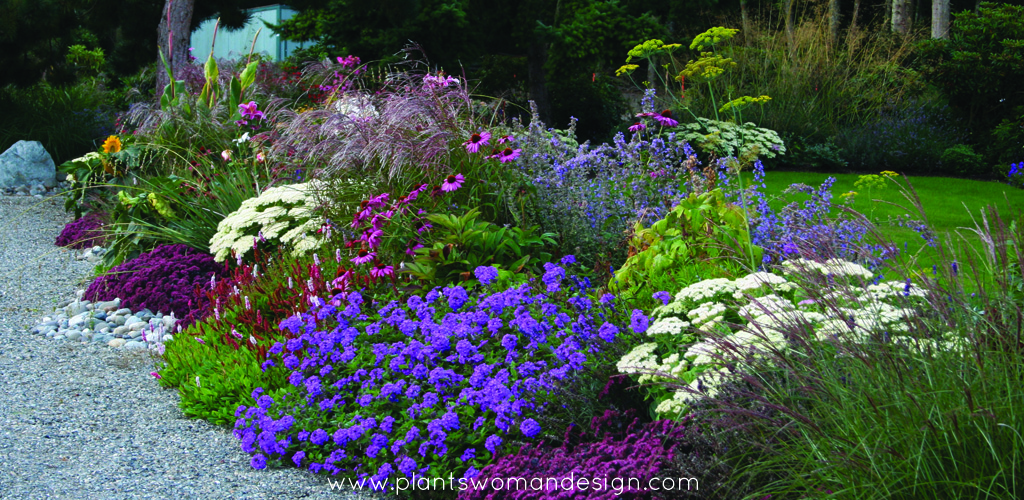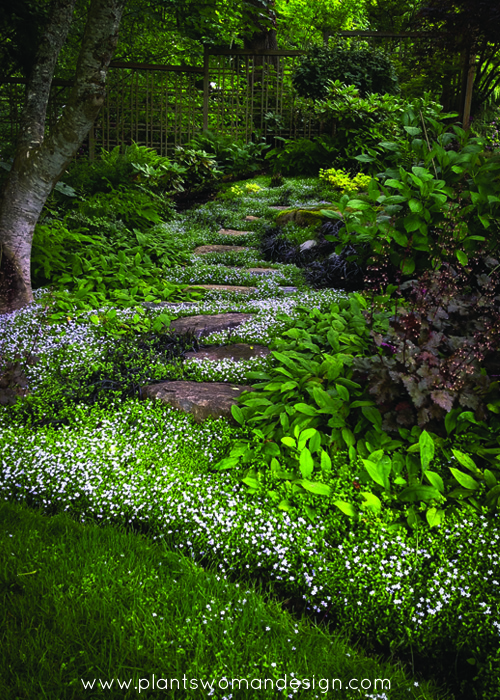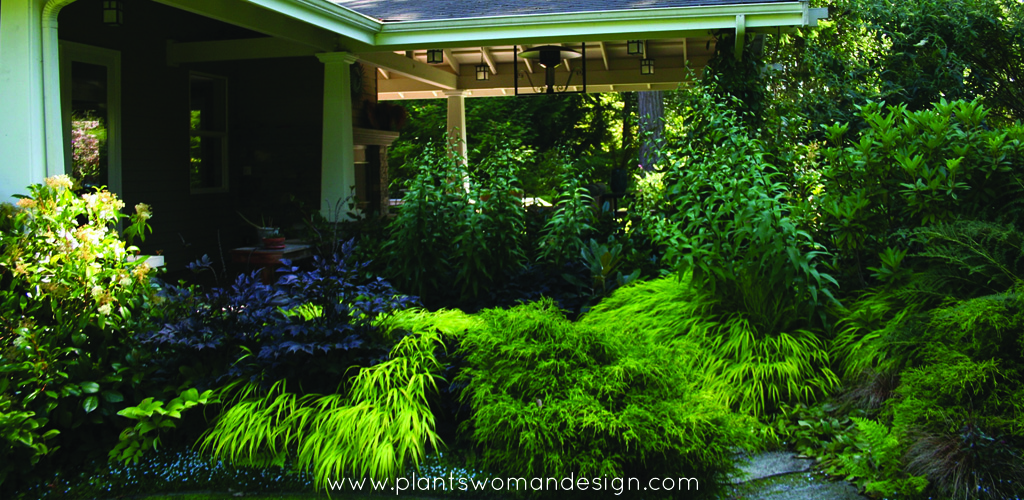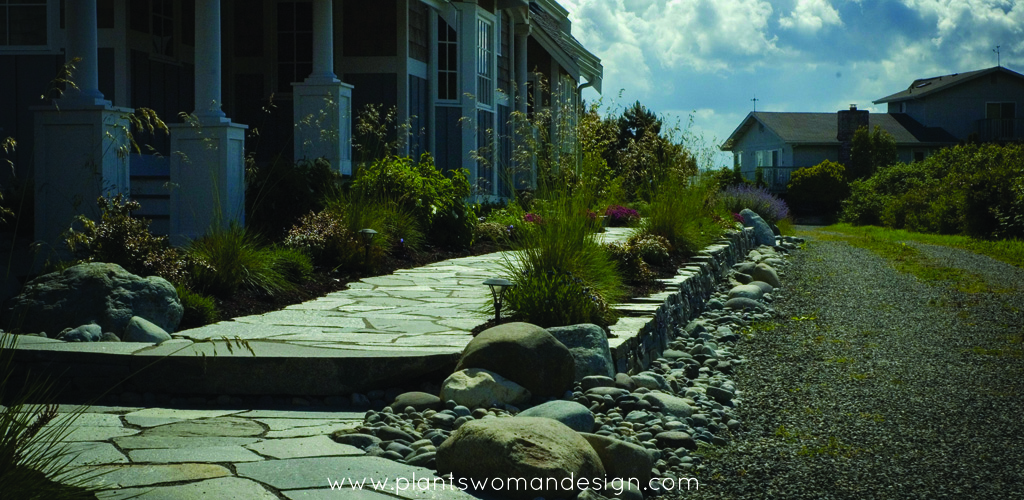Designing a garden can be tricky and every project is different. There is simply no cookie cutter approach to garden design. Each client comes with different needs, tastes, and property. What to know a secret? One of the hardest things to design is a blank slate. No kidding, it really is difficult. Having pre-existing features to work around often steers the design. For example, if the house is already built you can’t really move it to optimize the sun. Or, if there is a big slope with a drain field in it you can’t really change it.
Often I get to be in on the beginning of a project, before the house is even sited. While it is energizing and fun it is challenging as well. One of the hardest things to get right is scale because the scale garden should match the scale of the house. If the lot is covered with trees they affect the way the house is positioned, and often some must be removed to optimize sun. Here in the Pacific Northwest we always want more sun. Gray days tend to make homes dark so windows that face south are important. Tree planting, including height considerations, is very important. Shade on the west side is good and filtered sun on the east is also good.
Here are a couple of things to think about as you plan your garden.
- Bones of a garden are structural features. These can include trees (both existing and planted), outbuildings like sheds, gazebos, and chicken coops, and gathering places like patios, fire pits, and sport/play areas. Planning these areas first helps with the planning of the rest of the garden.
- The size of a garden is often determined by the owner more than the size of the property itself. How much garden do you want? Who will maintain it? These are important questions to answer. Many people like to leave areas ‘uncultivated’ or native. Sometimes lifestyle determines how much or how little space is cultivated or not.
- Scale is one of the most important things to consider. One mistake many people make is not planning large enough beds to contain layers of plants. Fitting the house on the land and planting to blend it back into the land is about scale. A large house with small walkways and small beds feels tight and squeezed. Likewise, a small house with large beds and trees can feel overwhelmed and dwarfed by surroundings.
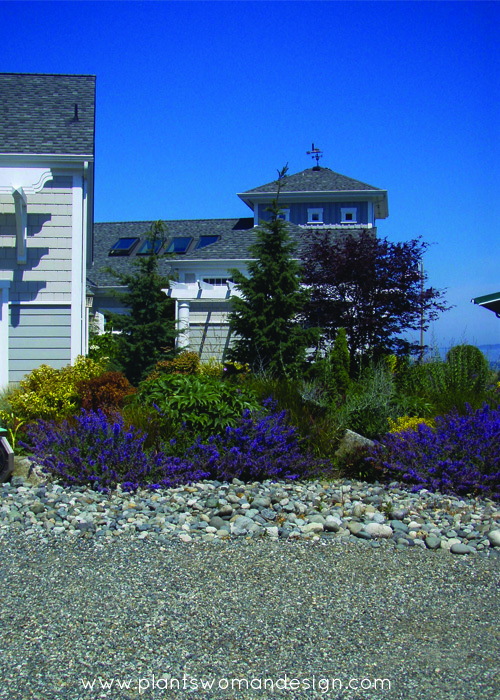
If a large house sits on a small lot (as is often the case now days) it is good to use taller thin trees and sweeps of the same types of plants to make it feel more grounded. The role of the landscape is to help the house blend in with the land around it.
Once scale is established planning what plants and hardscape to use is easier to determine. Think big, cozy, nestled, blended, integrated. These are all good descriptive words to get your brain thinking scale. Here are a few more ideas on how to incorporate appropriate scale…

